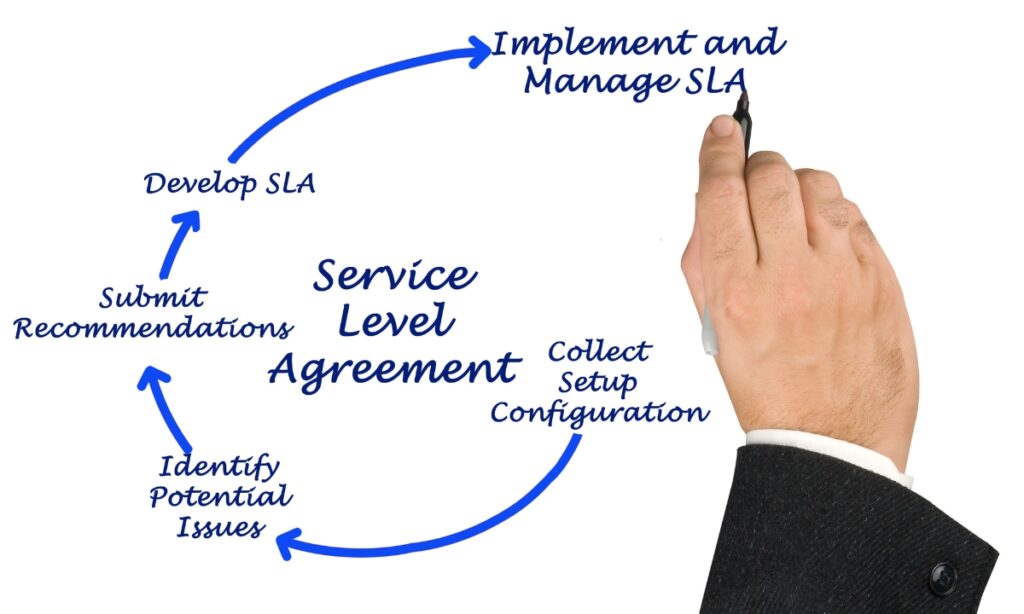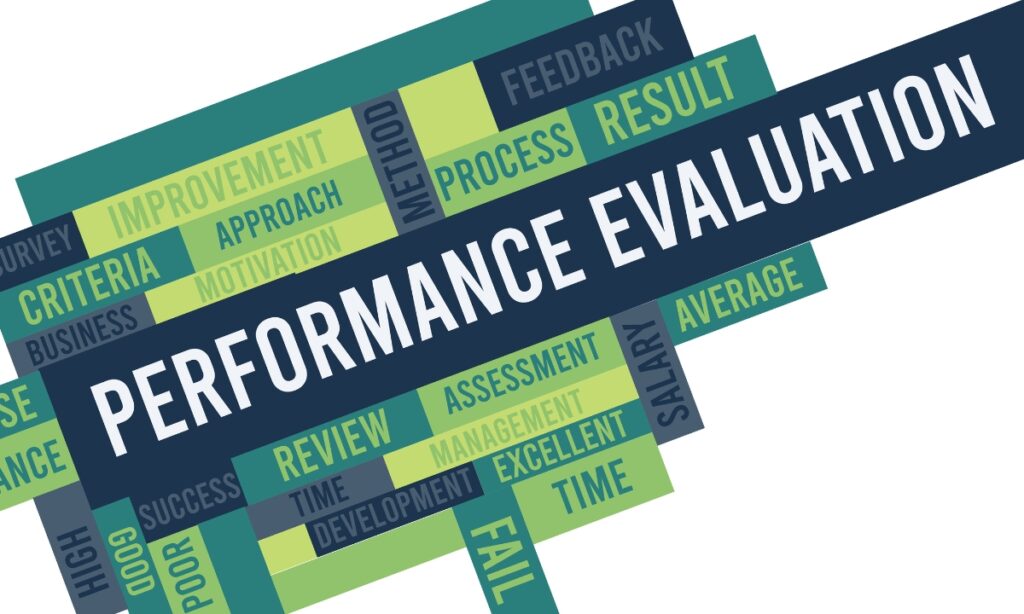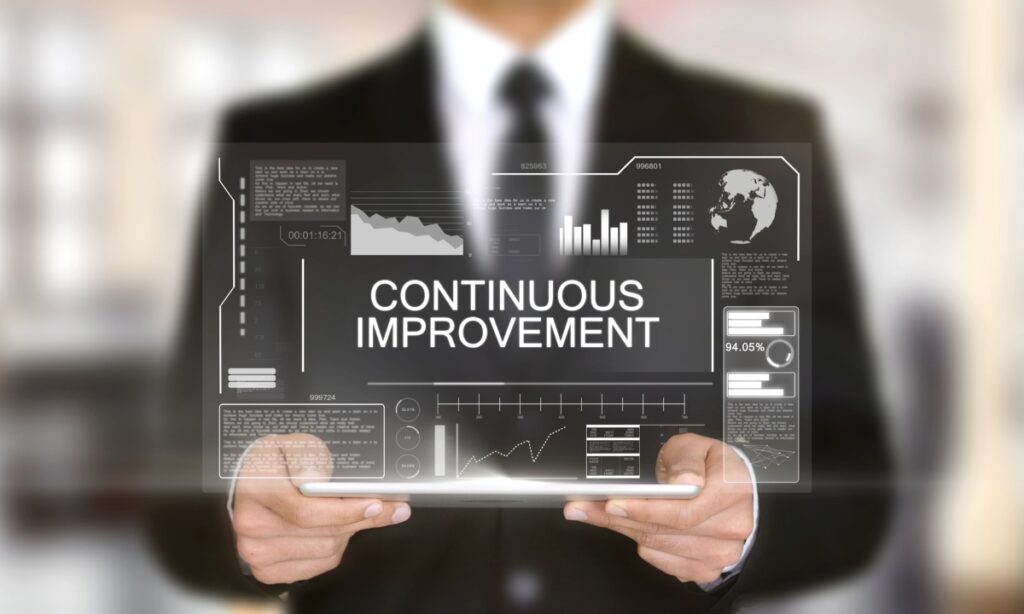IT outsourcing has become a strategic choice for many organizations in today’s fast-paced business landscape. It offers numerous benefits, including cost savings, access to specialized expertise, and increased operational efficiency. However, building a long-term partnership with a reliable provider is crucial to harness the advantages of IT outsourcing. This blog will explore the key steps in establishing a strong and enduring relationship with San Francisco and the Bay Area Managed Service Providers.
Article Table Of Contents
- Understanding Your Business Needs
- Selecting the Right IT Outsourcing Provider
- Establishing Effective Communication Channels
- Defining Clear Expectations and Service Level Agreements (SLAs)
- Nurturing a Collaborative Relationship
- Regular Performance Evaluation and Feedback
- Mitigating Risks and Ensuring Security
- Continuous Improvement and Innovation

Understanding Your Business Needs
Before you start looking for an MSP, understand your organization’s IT needs and goals. This understanding is key for a successful partnership. Here’s what to consider:
- Identify Specific IT Requirements: Evaluate where you need support, like network infrastructure or cybersecurity.
- Determine Scalability and Flexibility Needs: Plan for future growth and changes in technology requirements.
- Align Expectations with MSP Capabilities: Ensure your expectations match the MSP’s capabilities in technical expertise and industry experience.
- Assess Resource Gaps: Identify areas where you lack in-house expertise or resources.
- Budget Considerations: Balance cost with the value and quality of services offered by the MSP.
Thoroughly assess these factors to find an MSP in San Francisco that can meet your needs and establish a successful long-term partnership.

Selecting the Right IT Outsourcing Provider
Finding the right IT outsourcing provider in San Francisco demands thorough research and careful evaluation. Here are key factors to consider when selecting a Managed Service Provider (MSP):
- Expertise and Specialization: Choose an MSP with expertise in areas like cloud computing or cybersecurity that align with your needs.
- Experience and Track Record: Look for an established MSP with experience in your industry, ensuring they can effectively resolve IT challenges.
- Reputation and Client Testimonials: Assess the MSP’s reputation through client testimonials and case studies to gauge their reliability and quality of service.
- Scalability and Flexibility: Ensure the MSP can adapt to your organization’s changing needs as it grows, providing scalable solutions.
- Proactive Approach and Innovation: Partner with an MSP that embraces innovation and proactively suggests improvements to enhance your IT infrastructure.
- Communication and Customer Support: Evaluate the MSP’s communication channels and responsiveness to ensure smooth collaboration and support.
Consider these factors to find the ideal MSP for your organization’s IT needs.

Establishing Effective Communication Channels
Effective partnership relies heavily on communication, so it’s crucial to establish clear channels with your Managed Service Provider (MSP). Here’s how to do it:
- Regular Communication: Set up regular meetings and updates to keep the flow of information steady and ensure everyone stays informed about project progress and issues.
- Transparency: Share relevant insights about your business processes and future plans with your MSP, and encourage them to do the same. This openness fosters better understanding and collaboration.
- Communication Protocols: Define preferred methods of communication, response times, and update frequencies to streamline information exchange.
- Escalation Processes: Establish clear procedures for addressing challenges promptly and effectively, including chain of command and escalation channels.
- Active Listening and Feedback: Listen actively to your MSP’s input and provide constructive feedback to strengthen the partnership and promote continuous improvement.
- Collaboration Tools: Utilize collaboration tools and technologies to enhance productivity and streamline communication, such as project management software and shared document repositories.
Establishing effective communication channels creates a strong foundation for collaboration with your MSP. Transparent and consistent communication fosters trust, enhances problem-solving capabilities and ensures that both parties are working towards shared objectives. Regularly evaluate and refine your communication processes to adapt to changing needs and emerging technologies. Effective communication paves the way for a successful and enduring partnership with your MSP.

Defining Clear Expectations and Service Level Agreements (SLAs)
To ensure a successful partnership with your Managed Service Provider (MSP), it’s essential to establish clear expectations and Service Level Agreements (SLAs). Here’s what you need to consider:
- Scope of Work: Define the specific tasks and services the MSP will handle to avoid misunderstandings and ensure focused efforts.
- Performance Metrics: Determine measurable KPIs like response time and customer satisfaction to evaluate the MSP’s performance objectively.
- SLAs: Implement contractual agreements detailing service levels, responsibilities, and remedies for deviations to maintain clarity and accountability.
- Flexibility: Include provisions in SLAs to accommodate changes in your organization’s needs, ensuring scalability and adaptability.
- Reporting and Communication: Establish channels for regular updates and feedback to maintain transparency and collaboration.
- Review and Evaluation: Periodically assess the SLAs and MSP performance to refine agreements and ensure alignment with evolving requirements.
Clear expectations and robust SLAs provide a framework for alignment, accountability, and continuous improvement in your partnership with the MSP.

Nurturing a Collaborative Relationship
To achieve long-term success and maximize the benefits of outsourcing, building a collaborative relationship with your Managed Service Provider (MSP) is crucial. Here’s how:
- Open Communication: Foster transparent communication channels for sharing thoughts, concerns, and ideas regularly.
- Joint Governance: Develop a shared governance structure for decision-making and strategic planning, involving representatives from both sides.
- Teamwork: Encourage cross-functional collaboration and shared ownership of projects to leverage each party’s strengths and expertise.
- Knowledge Sharing: Promote continuous learning through the exchange of insights, best practices, and joint training sessions.
- Problem-Solving: Approach challenges collaboratively, involving both internal teams and the MSP to find innovative solutions.
- Recognition: Celebrate shared successes and milestones to reinforce a positive and collaborative environment.
By implementing these strategies, you can nurture a collaborative relationship that drives mutual growth and success.

Regular Performance Evaluation and Feedback
Regular performance evaluations and feedback are crucial for building a strong partnership with your Managed Service Provider (MSP). Here’s why:
- Tracking Progress: Evaluations help measure the MSP’s progress toward agreed objectives and ensure alignment with goals.
- Identifying Strengths and Areas for Improvement: Assessing performance highlights strengths and areas needing improvement, fostering growth and efficiency.
- Providing Constructive Feedback: Feedback enables the MSP to understand expectations better and continuously improve their services.
- Addressing Concerns Promptly: Evaluations offer a platform to address concerns promptly, maintaining service quality and partnership trajectory.
- Driving Continuous Improvement: Regular assessments encourage proactive identification of growth areas and innovation, promoting ongoing enhancement.
- Adjusting Expectations: Evaluations allow for alignment of expectations with evolving organizational needs, ensuring ongoing relevance and success.
Regular evaluations and feedback foster collaboration, innovation, and shared accountability, strengthening the partnership’s long-term success.

Mitigating Risks and Ensuring Security
In today’s digital landscape, safeguarding data is paramount for organizations. Here’s how to ensure security with your Managed Service Provider (MSP):
- Collaborative Security Planning: Work closely with your MSP to develop a tailored security strategy, identifying vulnerabilities and implementing safeguards.
- Industry Standards Adherence: Ensure your MSP follows recognized security frameworks like ISO 27001 or NIST, demonstrating commitment to security best practices.
- Regulatory Compliance: Collaborate to meet data protection regulations like GDPR or HIPAA, regularly updating practices to stay compliant.
- Robust Security Measures: Implement layers of security such as firewalls, antivirus software, and regular updates to address vulnerabilities.
- Disaster Recovery Planning: Establish a comprehensive plan with data backup and recovery procedures to ensure business continuity in case of disruptions.
- Employee Training: Educate employees on security best practices and threats, fostering a culture of awareness and vigilance.
- Ongoing Monitoring: Implement continuous security monitoring and regular assessments to detect and respond to security incidents promptly.
By collaborating effectively with your MSP, you can mitigate risks, protect data, and maintain a secure operating environment.

Continuous Improvement and Innovation
In today’s rapidly evolving technological landscape, continuous improvement and innovation are crucial for maintaining a competitive edge. Here’s how to drive innovation with your Managed Service Provider (MSP):
- Foster a Culture of Innovation: Encourage creative thinking and experimentation within your organization and with your MSP. Embrace failure as a learning opportunity.
- Proactive Problem-Solving: Encourage the MSP to anticipate challenges and propose innovative solutions rather than just reacting to issues.
- Stay Updated: Keep abreast of technological advancements and trends, and collaborate with your MSP to explore how they can benefit your organization.
- Collaborative Sessions: Schedule brainstorming sessions with your MSP to explore new ideas and technologies.
- Long-Term Planning: Engage in strategic discussions with your MSP to align goals with emerging technologies and plan for the future.
- Pilot Projects: Work together on pilot projects to test innovative ideas and assess their feasibility before broader implementation.
- Continuous Learning: Provide learning opportunities for both your internal teams and the MSP to stay updated with industry trends and advancements.
By fostering a culture of innovation and collaborating closely with your MSP, you can drive continuous improvement and maintain a competitive edge in the market.

